How Your Focal Length Impacts Your Photographs
When creating a quality photograph, several factors work together. But perhaps the most important one is the focal length of your lens.
Focal length is much more than zooming in on an image you want to capture.
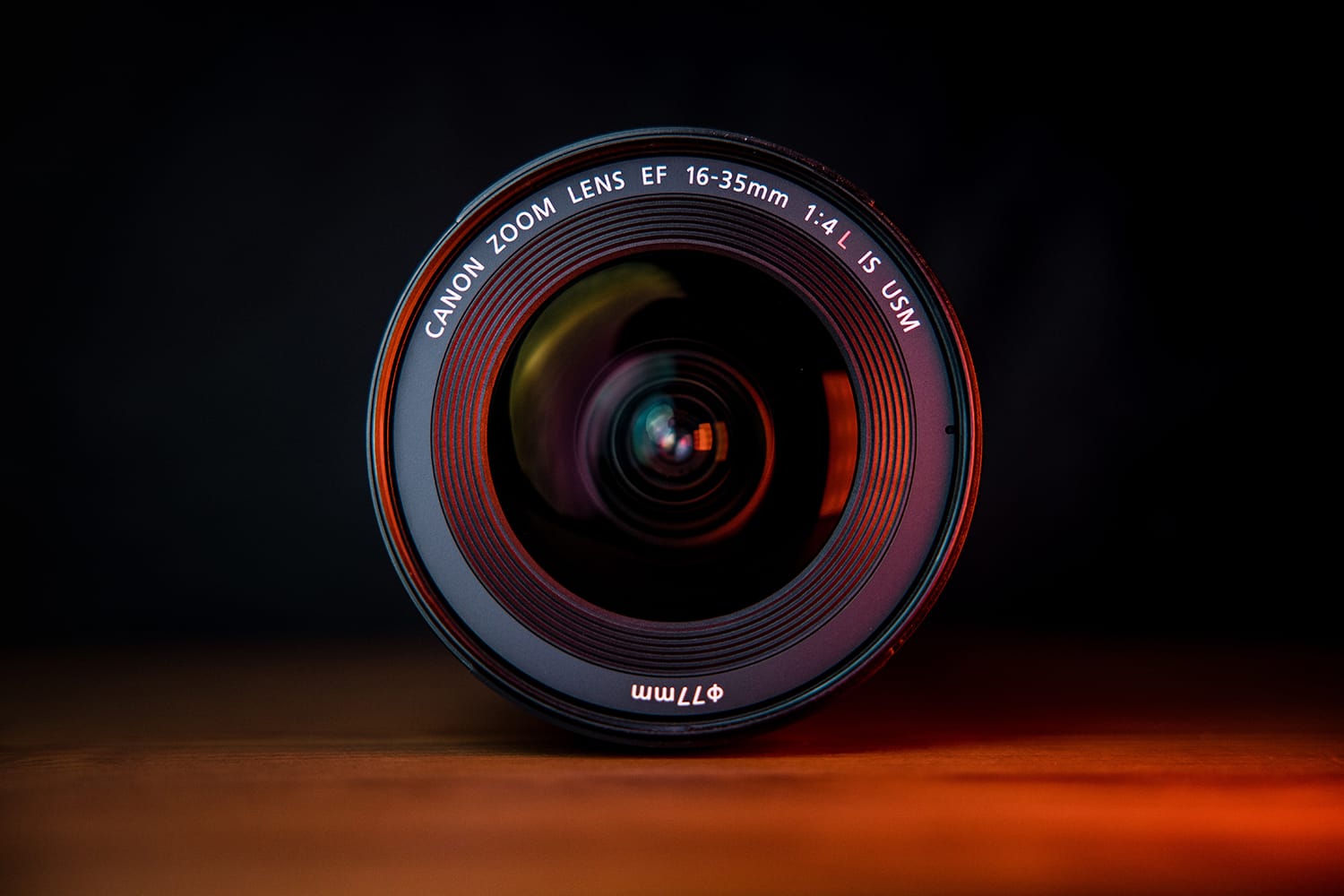
It can affect a myriad of things, including aperture, depth-of-field, compression, and more. That explains why it’s important to understand the concept of focal length and its impact on your images.
What Is Focal Length?
Focal length is the distance between a camera’s sensor (film plane) and the lens’s optical center. It’s often determined by focusing the lens on infinity. The optical center means the point where light converges when entering the lens before continuing onto the sensor.
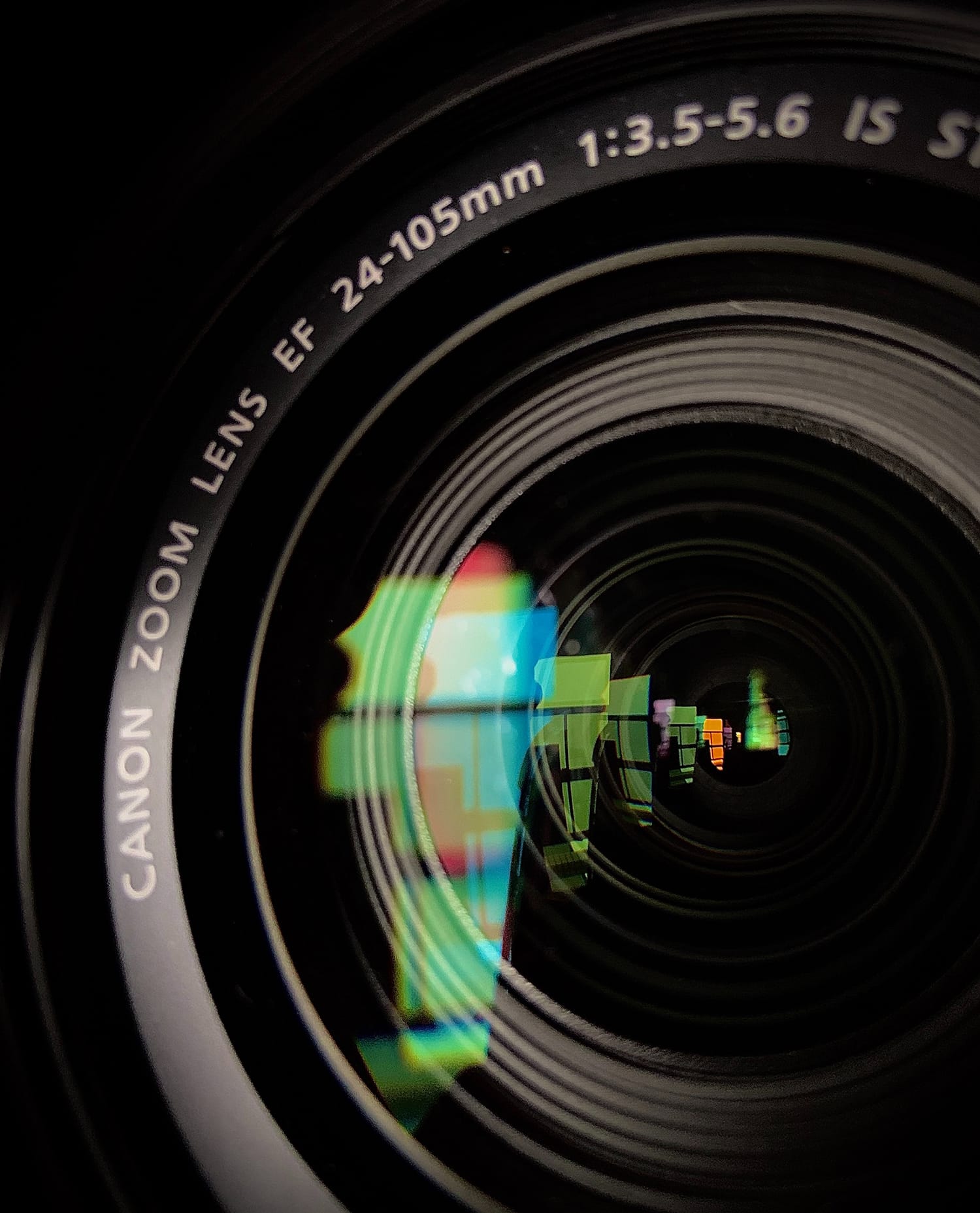
A camera lens consists of many pieces of glass. When working together, these elements help to direct light into your camera and reduce distortion and other unwanted side effects. The optical center is the point the light rays converge or meet on the way to your sensor.
Focal length (measured in millimeters) is a property of your camera lens. Lens manufacturers usually name lenses based on their focal length. For example, a 50mm lens will have a focal length of 50mm.
The focal length determines how much of the scene your camera will capture. A larger focal length delivers a narrow angle of view and shows less of the scene, while a smaller focal length results in a wider angle of view and displays more.
But, how does it affect your photos?
1. Field of View
Field-of-view or angle-of-view describes how much of a scene your camera “sees“.
As said earlier, your lens’s focal length will determine how much of the world your camera will capture. Lenses with shorter focal lengths deliver a wide angle of view or field of view, meaning captured images look more expansive.
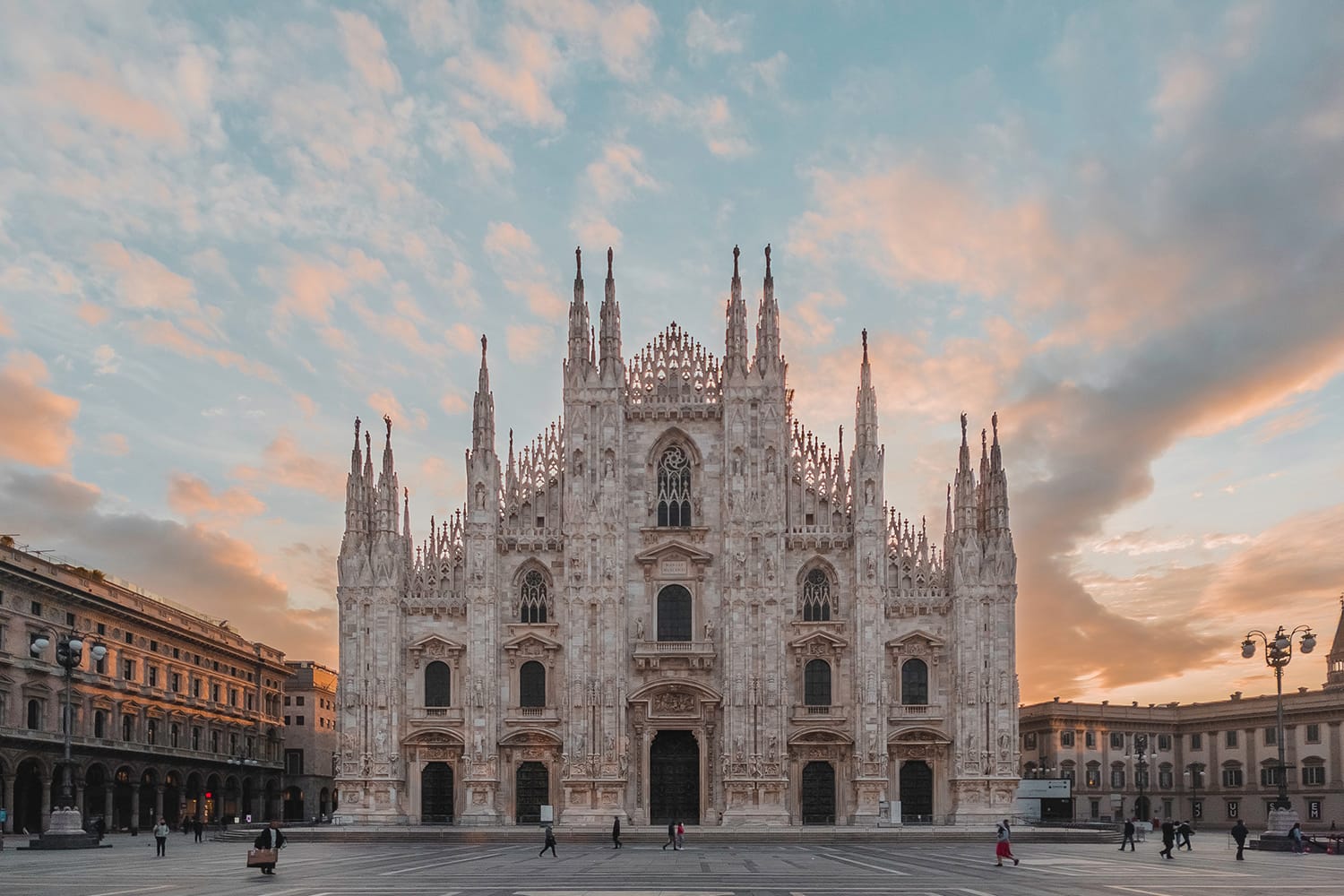
An image shot with a wide-angle lens.
For example, every element in a landscape will get captured with ease. Photos captured with a short focal length tend to show some distortion in some elements; things close to the foreground will get magnified, while those in the background will display a reduced perspective.

An image shot with a telephoto lens.
Lenses with shorter focal lengths (8mm to 35mm) are called wide-angle lenses and are often used for landscape photography.
Lenses with a longer focal length (70mm to 100mm) have a smaller or narrow field of view. They usually capture less of the scene in your photo than lenses with shorter focal lengths. Although your photos will look compressed, you can capture elements further away without sacrificing image quality. Lenses with a long focal length are called telephoto lenses and are often used for wildlife photography.
2. Depth-of-Field
Depth-of-field (DoF) refers to the area between the closest and farthest points in an image that appears acceptably sharp. It’s among the most important concepts in photography, and it can be influenced greatly by the focal length of your lens.
Lenses with short focal lengths usually have a deeper depth-of-field than those with long focal lengths. But this is only true if you capture a photo and retain the camera-subject distance.
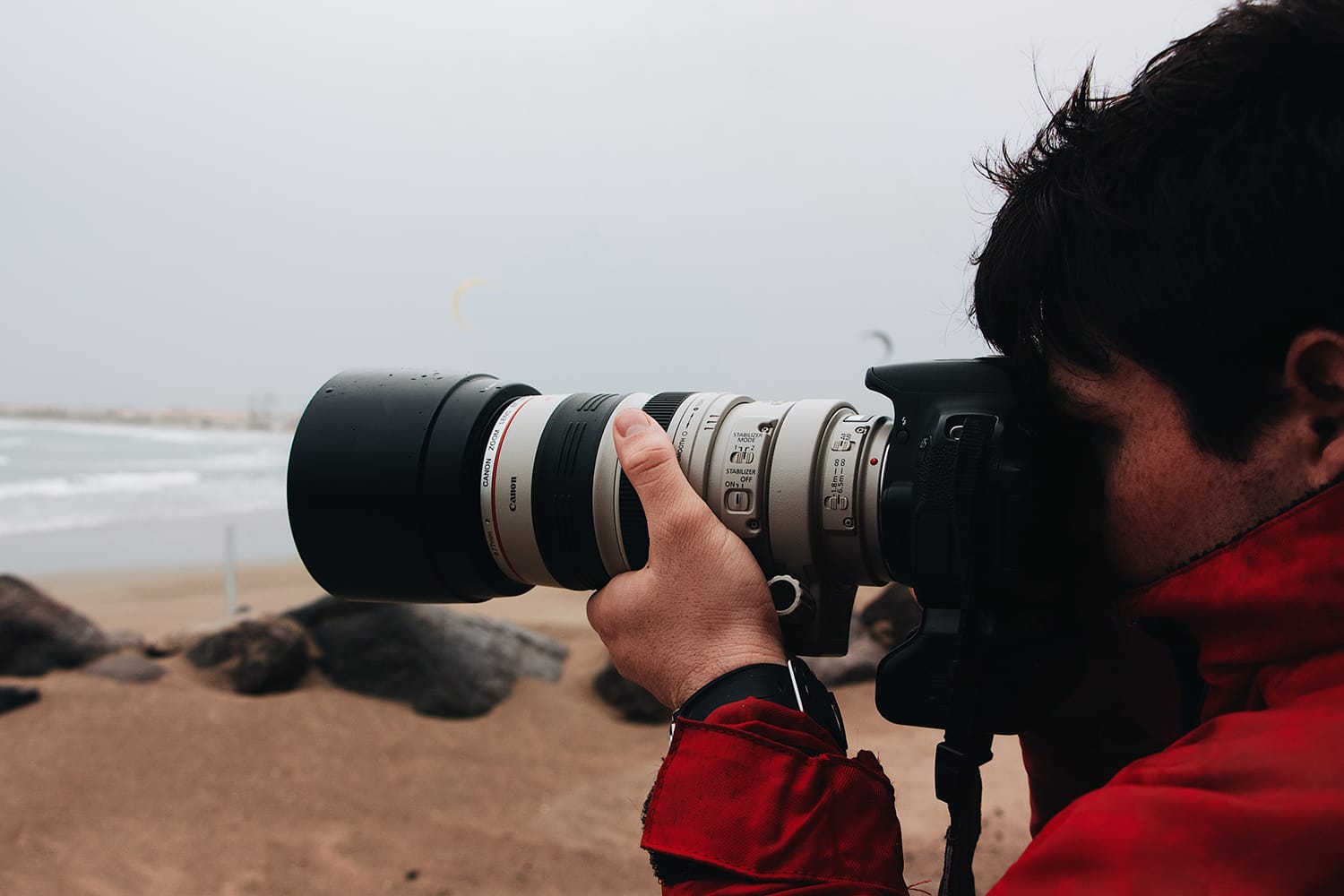
For example, if you take two images at a focal length of 70mm and 105mm, respectively, while maintaining the camera-subject distance at 2m and the same aperture. You will notice that the image captured using a 70mm lens will have a larger or wider depth of view, meaning a wider range of elements will be in focus.
Meanwhile, image captures using 105mm will have a shallow or narrow depth-of-field, meaning the background will be thrown out of focus, and the subject will get more isolated. This is what most portrait photographers desire.
But if you adjust the camera-subject distance, so the magnification of your subject remains the same, you will observe no change in the depth of field.
3. Perspective Compression
Perspective in photography is all about the relationships between elements in your scene. More precisely, their sizes, positions, and spaces in between. You can alter perspective in several ways to influence the impression of space and depth within a scene.
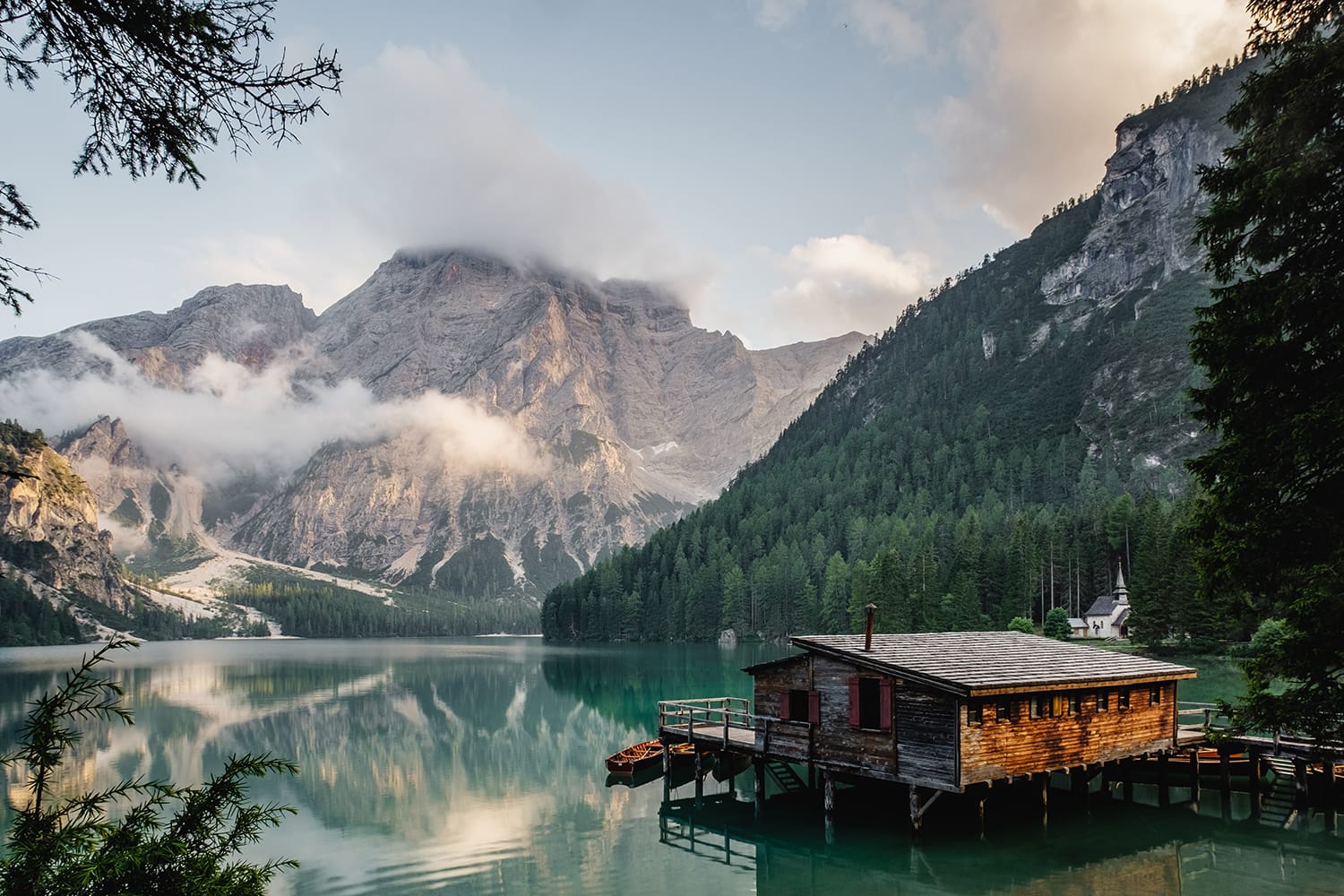
Most photographers believe short focal length lenses and long focal length lenses produce different perspectives. But the truth is focal length has little to no influence on perspective. Instead, your perspective will change depending on the camera position and changes to the viewpoint.
Changing your camera’s lens focal length but not the camera position will not influence the perspective within a scene. But the object’s size in the scene will appear larger or smaller depending on the focal length.
However, if you maintain the same subject size but change your shooting position and focal length, the perspective in the scene will change.
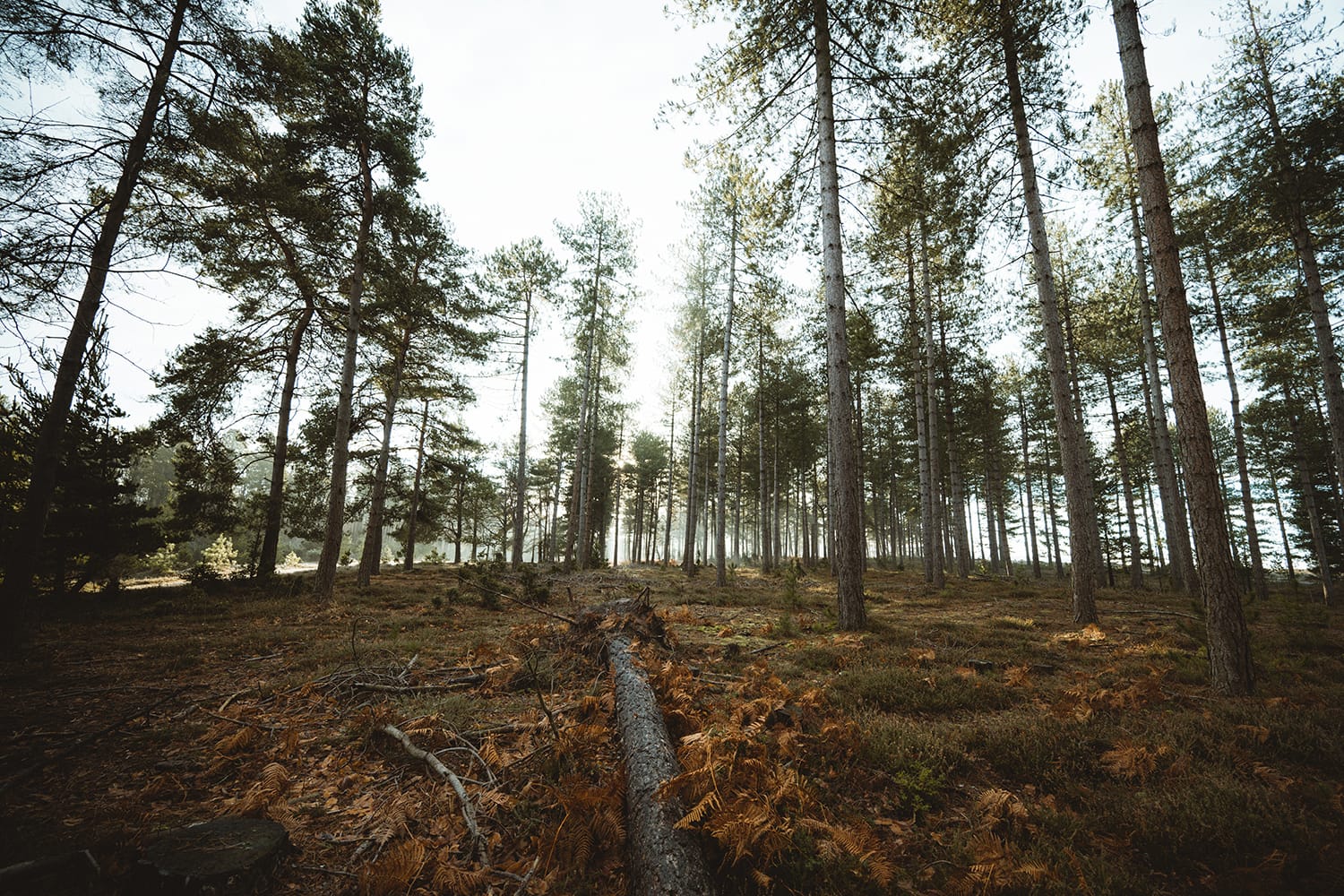
Changes in camera position and focal length can lead to perspective distortion, perspective compression, or lens compression. This happens because of changes in a relative distance within the scene caused by a varying angle of view of the captured photos.
If you take an image from a close distance using a wide-angle lens (short focal length), the scene perspective expands. As a result, objects closer to the lens will appear larger than normal and more distant from other elements in your photo. When using a telephoto lens, the perspective will appear compressed. As such, the objects will look stacked together and abnormally small.
4. Image shake
A blur can take your photography to a whole new level. But that’s only true when the blur is done intentionally and controlled. Out-of-control blur due to camera shake can destroy an otherwise fine image. Therefore, you need to learn how to avoid camera shake.
Shake or blur in your image can happen when the camera or lens moves, resulting in blurriness and reduced image quality. It usually occurs when your camera’s shutter speed does not match or exceed the focal length of your lens.
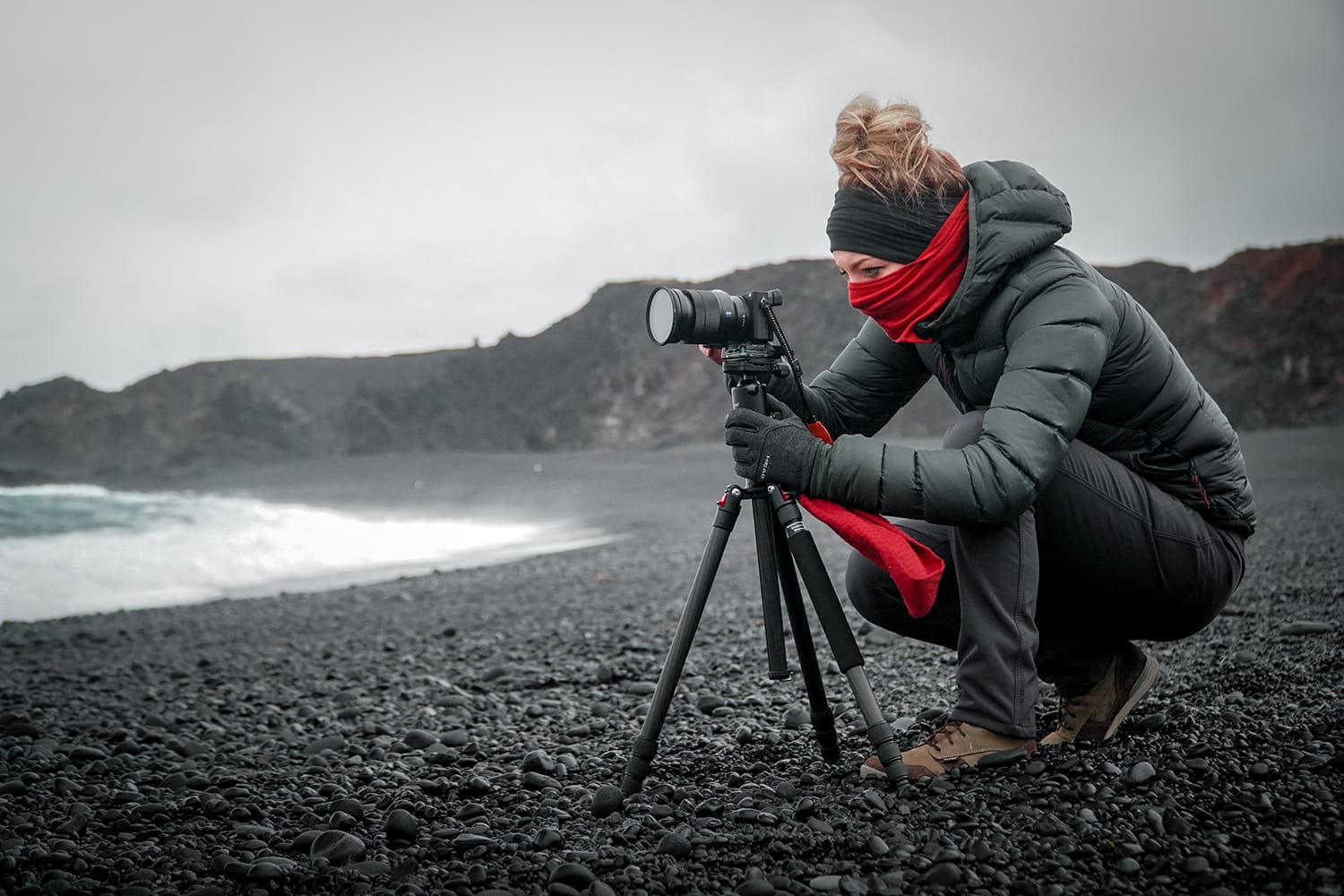
Any shake might get exaggerated when taking a photo with a telephoto lens and tight perspective. As a result, the subject you’re shooting might get magnified and blurred. The longer the focal length, the easier it is to introduce motion and blur into a photo.
One of the best tips to avoid blur caused by camera shake is to ensure the shutter speed is faster than the focal length, especially for a longer focal length. For example, if you’re shooting with a 70mm lens on a full-frame camera, your shutter speed should be at least 1/70th of a second or faster. A tripod can also help you avoid image shake.
Bottom Line
From this article, it’s clear that your camera’s focal length greatly influences the quality of your images. Both short and long focal lengths affect your image field of view, depth-of-field, perspective, and other factors.
But the best way to understand the effect of focal length on your photos is to experiment. Happy shooting!
